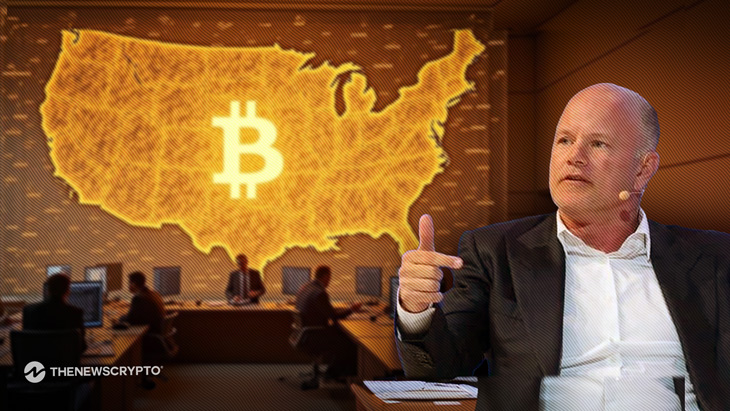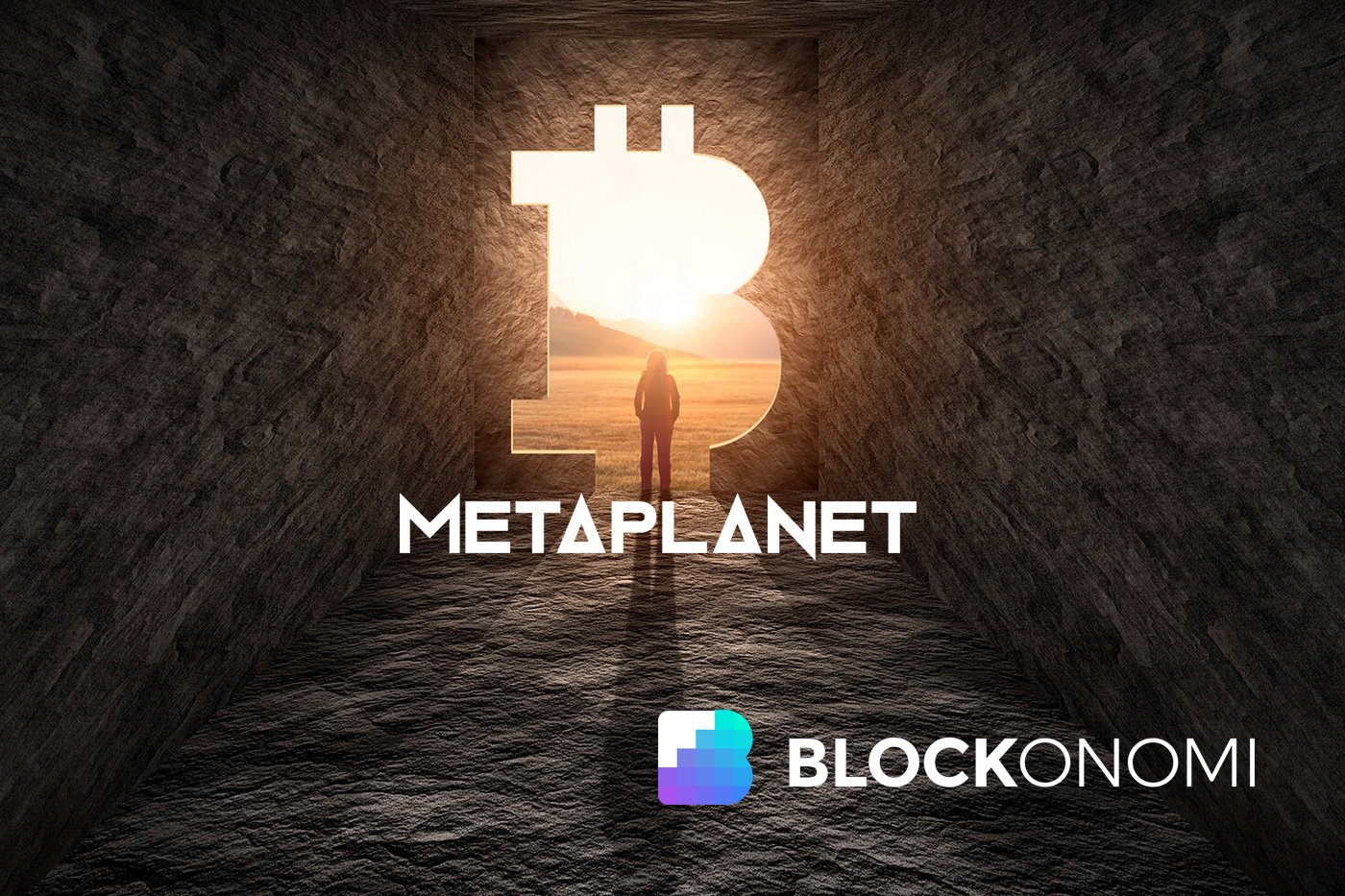Goldman Sachs Boosts Bitcoin and Ethereum Investments
Rising Institutional Demand and Shifting Market Dynamics
Goldman Sachs, one of the world’s leading investment banks, has made a significant move in the cryptocurrency space by boosting their investments in Bitcoin and Ethereum. This decision is a clear indicator of the rising institutional demand for digital assets and the shifting dynamics of the market.
Bitcoin, the first and most well-known cryptocurrency, has been gaining mainstream acceptance in recent years. Its decentralized nature and limited supply have made it an attractive option for investors looking to hedge against traditional financial systems. Ethereum, on the other hand, is a blockchain platform that enables developers to build decentralized applications. Its native cryptocurrency, Ether, has also seen a surge in interest due to its smart contract capabilities.
The Rise of Institutional Interest
Goldman Sachs’ increased investments in Bitcoin and Ethereum signal a growing acceptance of cryptocurrencies in the traditional finance sector. Institutional investors, who were once wary of the volatile nature of digital assets, are now recognizing the potential for high returns in this emerging market.
With the backing of established financial institutions like Goldman Sachs, cryptocurrencies are gaining legitimacy and credibility among the broader investment community. This influx of institutional capital could further drive up the prices of Bitcoin and Ethereum, leading to more widespread adoption and mainstream acceptance.
Shifting Market Dynamics
The decision by Goldman Sachs to boost their investments in Bitcoin and Ethereum reflects a larger trend in the market towards digital assets. As more institutions and individuals start to diversify their portfolios with cryptocurrencies, the traditional financial landscape is undergoing a significant transformation.
With the increasing integration of digital assets into the mainstream economy, the role of centralized financial institutions is gradually evolving. Blockchain technology, which underpins cryptocurrencies like Bitcoin and Ethereum, is reshaping the way we think about finance, decentralizing power and control away from traditional banking institutions.
Effect on Individuals
For individual investors, Goldman Sachs’ increased investments in Bitcoin and Ethereum could have a positive impact on their own portfolios. As institutional demand for digital assets continues to grow, the prices of Bitcoin and Ethereum are likely to rise, potentially leading to higher returns for those who hold these cryptocurrencies.
Moreover, the endorsement of cryptocurrencies by a major financial institution like Goldman Sachs could help to legitimize digital assets in the eyes of retail investors. This increased acceptance and mainstream adoption could empower individuals to explore new investment opportunities and diversify their portfolios with cryptocurrencies.
Effect on the World
On a global scale, Goldman Sachs’ decision to boost their investments in Bitcoin and Ethereum could have far-reaching implications for the future of finance. The increased institutional interest in digital assets is a clear sign that cryptocurrencies are here to stay and are poised to disrupt the traditional financial system.
As more financial institutions follow suit and start incorporating cryptocurrencies into their investment strategies, the landscape of global finance could undergo a radical transformation. Blockchain technology, which powers cryptocurrencies like Bitcoin and Ethereum, has the potential to revolutionize the way we transact, store value, and interact with financial systems.
Conclusion
In conclusion, Goldman Sachs’ decision to increase their investments in Bitcoin and Ethereum is a clear sign of the growing institutional demand for digital assets and the shifting dynamics of the market. This move not only reflects a broader trend towards mainstream acceptance of cryptocurrencies but also has the potential to reshape the traditional financial landscape on both individual and global levels.





